We try out a revolutionary product: long, looooong Japanese sandwich bread【Taste Test】
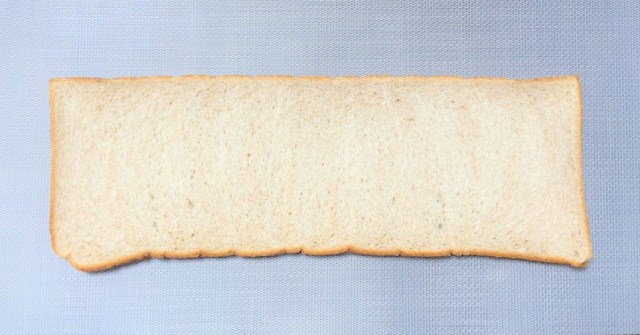
How are you supposed to eat Cookhouse’s Whirled-Up Sandwich Bread? The clue is in the name!
When a new invention fills a much-needed niche, we’ll often declare that it’s “the greatest thing since sliced bread”…but the sliced bread used for sandwiches itself has been pretty static for a while. Oh, sure, some bakeries will bake their loaves in interesting shapes or use food coloring to create patterns for the slices, but in essence, the square-ish slice of bread is the same as ever…and we still tend to use it the same way. Two slices, slap a filling inside, eat.
Could that be about to change, though? Are we on the border of a brave new sliced-bread frontier?
Allow us to introduce you to today’s item of interest: the Whirled-Up Sandwich Bread (Kururin Sando Pan) produced by Cookhouse.
▼ The bread is a limited item, only sold at select Cookhouse stores on Fridays, Saturdays, and Sundays.
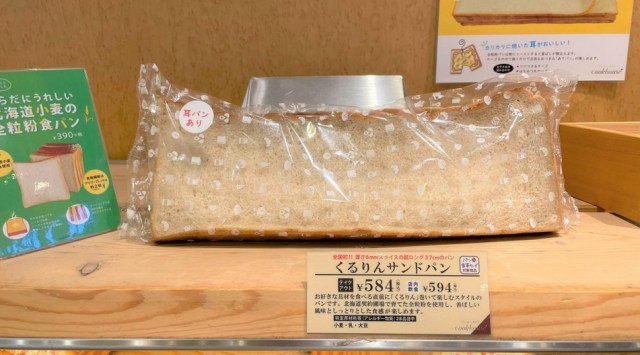
Yes, for 584 yen (US$5.24) you can take home this incredibly disorienting long-bread loaf and make longwiches out of it. Each slice is about 6 millimeters (0.23 inches) thick and roughly 40 centimeters (15.7 inches) wide, and we were utterly mystified how one would go about actually using it.
We actually asked the shop attendant if the idea was to cut it in half and make a typical sandwich out of it, so blinkered were we by decades of tradition. But no! He told us that it was possible to load all of the fillings onto a single slice and eat it that way. First order of business, though, was measuring our bread once we got it home. Was it actually 40 centimeters wide?!
▼ No, actually. The packaging adds on a bit of length.
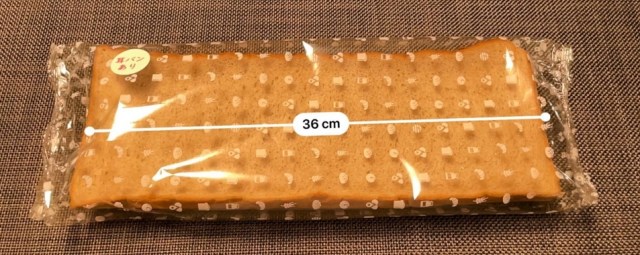
Because the bread is thinly sliced, it may tear as you pull it out of the bag. Be very careful with removing your long bread from its even longer packaging, lest this tragedy befalls you:
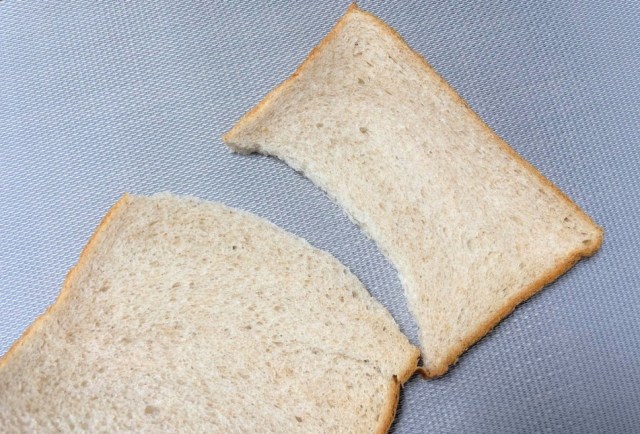
We liberally piled on ingredients, wondering if maybe we were meant to eat it like an open-faced sandwich. Nope! Turns out the bread is too thin to support the ingredients when laid flat in one layer like this.
▼ Ham, cheese, and egg salad seemed like a great combo to test with.
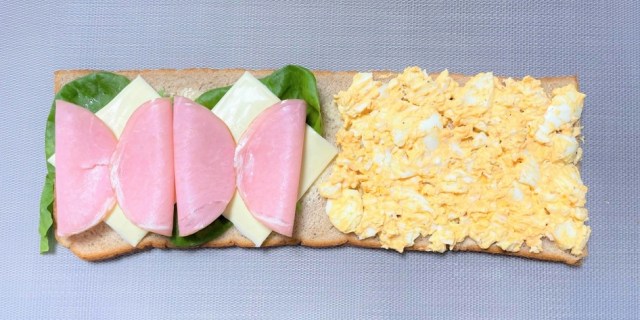
Apparently, the key to eating this bread is in the “Whirled-Up” part of the name. Very carefully, you have to roll the bread and incorporate the ingredients. Think of it like rolling your own sushi, but with bread instead of the nori wrapping.
▼ It takes a very tender touch to avoid splitting the bread as you roll it up.
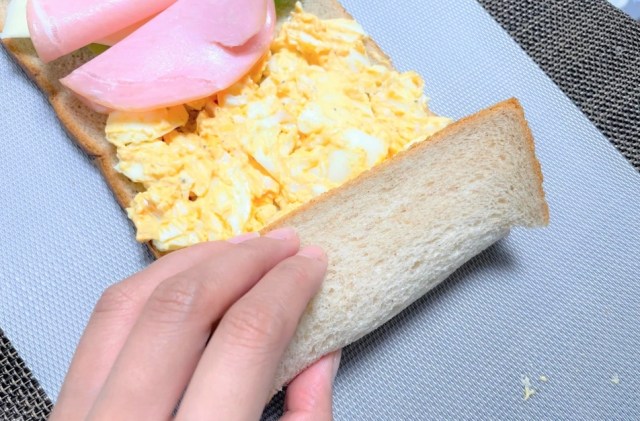
After we had rolled it all up, we took a look at it. After all that rolling, our sandwich had become an absurd behemoth…or maybe a bread-emoth? At any rate, it now looked comically huge and overloaded with filling.
▼ Bam!
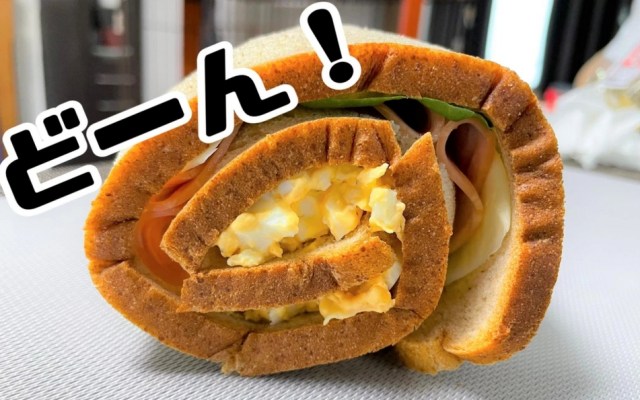
In spite of its funny appearance, the longwich was easy to pick up and eat, and the thin bread was very pleasant both in terms of taste and texture. We gobbled it down in no time at all and were surprised to find it made for a very novel and comfortable way to eat a sandwich.
▼ With all its contents folded together…
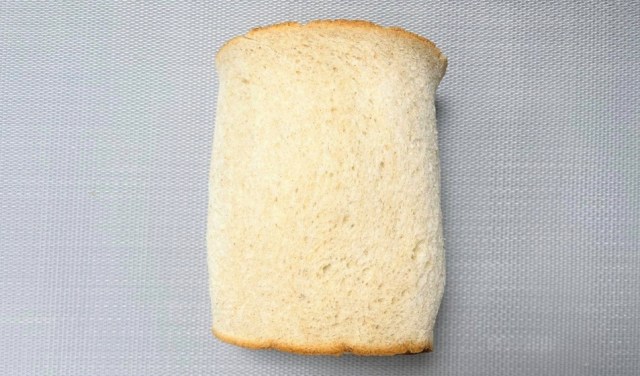
▼ …the final sandwich concertinas into beautiful layers of filling and bread.
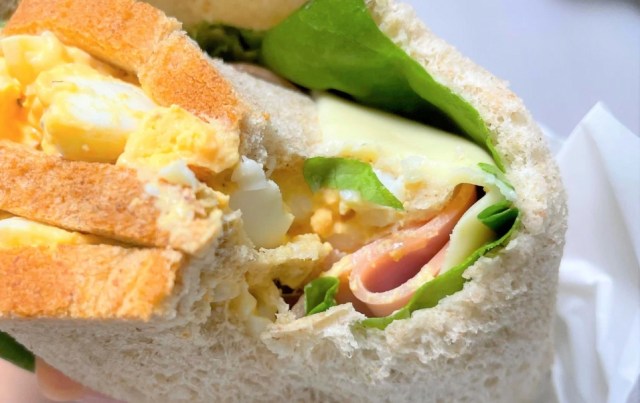
But still…why? Why had people seen fit to reverse the typical orientation of a sliced bread loaf? Sensing that there might be a story behind it, we got in contact with the manufacturer.
▼ “Do you whirl-it-up at home?” asks a promotional poster.
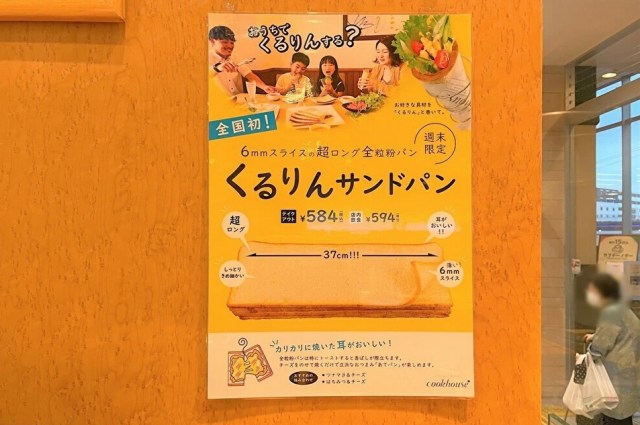
Here’s what they had to say:
“It’s tough to leave the house in the current circumstances, which means it’s not uncommon for people to get stuck in a rut of eating the same foods in the same ways. So we thought up this bread that the whole family could enjoy by eating it in a similar way to hand-rolled sushi. It’s made at the factory to be thin and very long, and we’d love it if you found your own way to roll it up and use it to complement your dining table spread.”
▼ You can even buy versions with the heel of the bread.
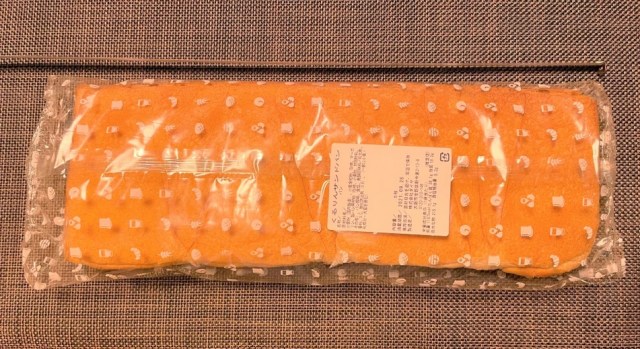
They actually have a point. Shaking up the way you eat is refreshing, and especially welcome when you’re stuck at home and unable to vary your meals. If you have a Cookhouse outlet near you, grab a loaf and get whirling! And for those who don’t, have you tried making a furoshiki-style sandwich yet?
Images © SoraNews24
● Want to hear about SoraNews24’s latest articles as soon as they’re published? Follow us on Facebook and Twitter!
Credit:

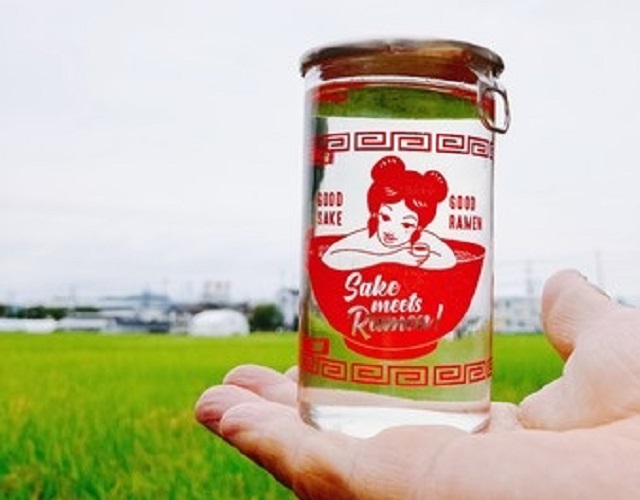
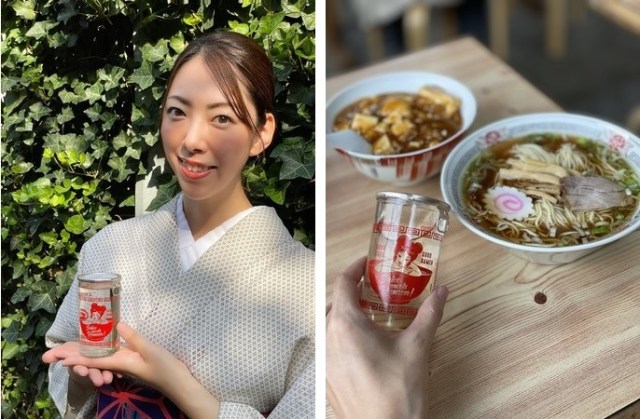
 ラーメンの為のお酒
ラーメンの為のお酒
 春華秋冬ワンカップ
春華秋冬ワンカップ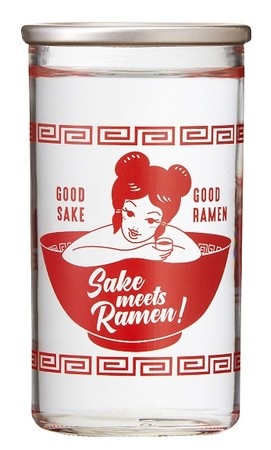
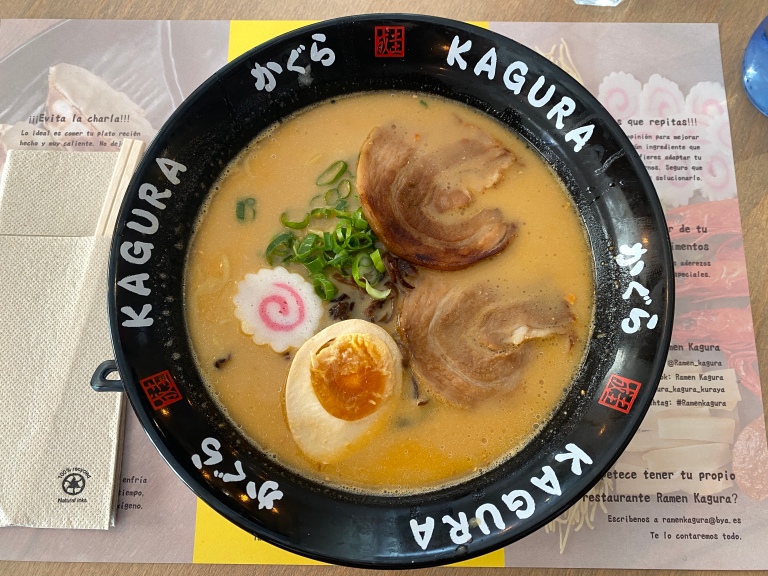
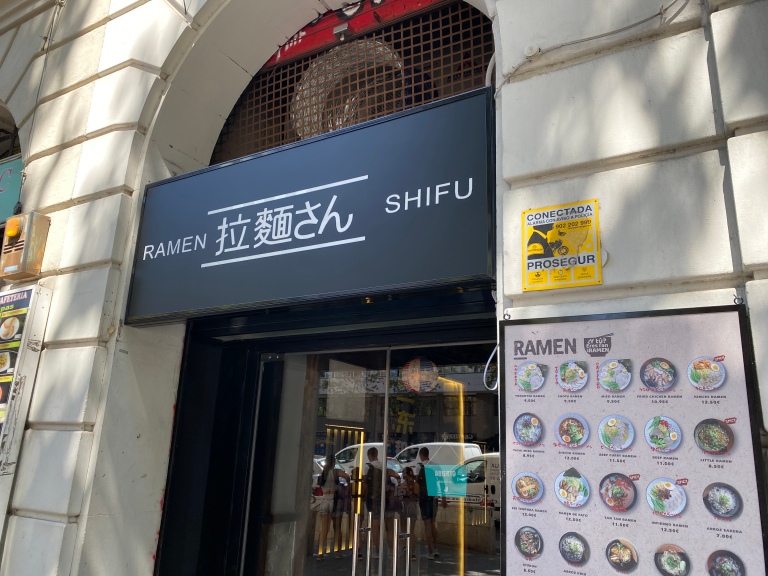
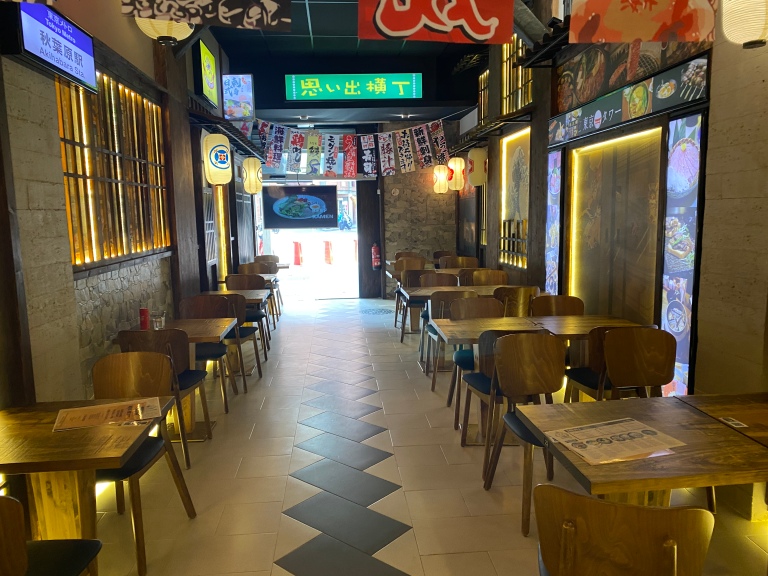
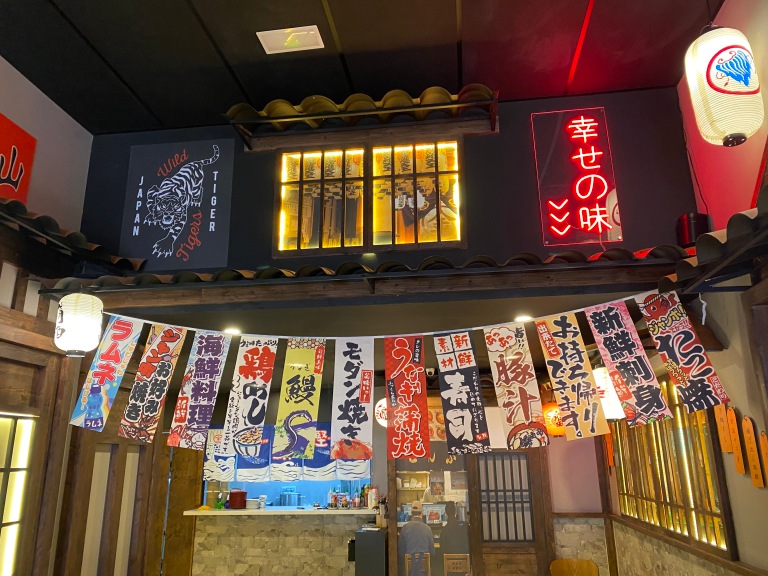
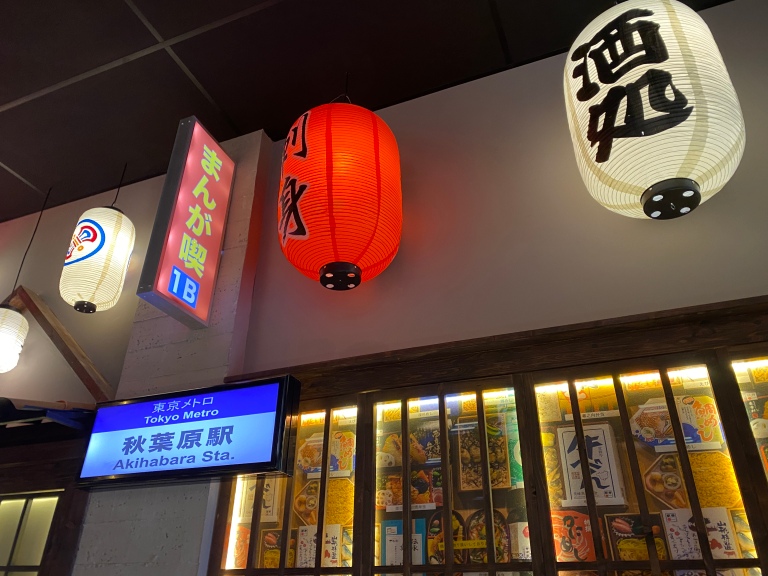
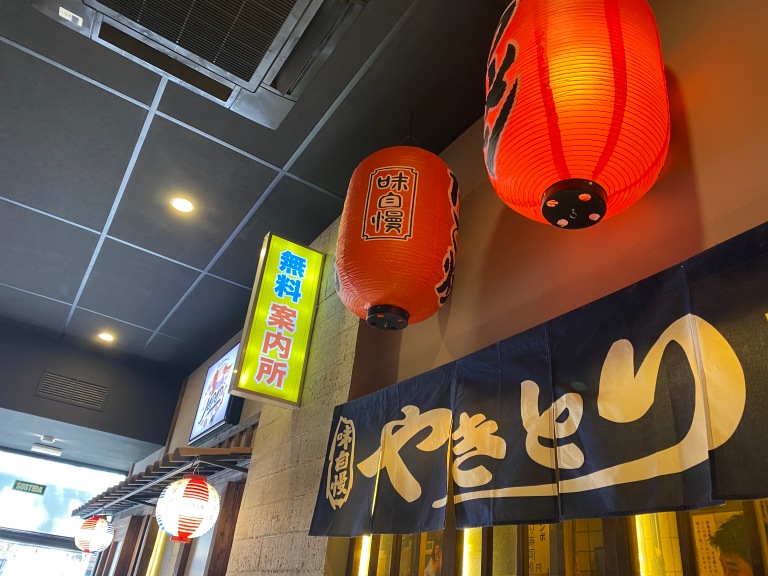
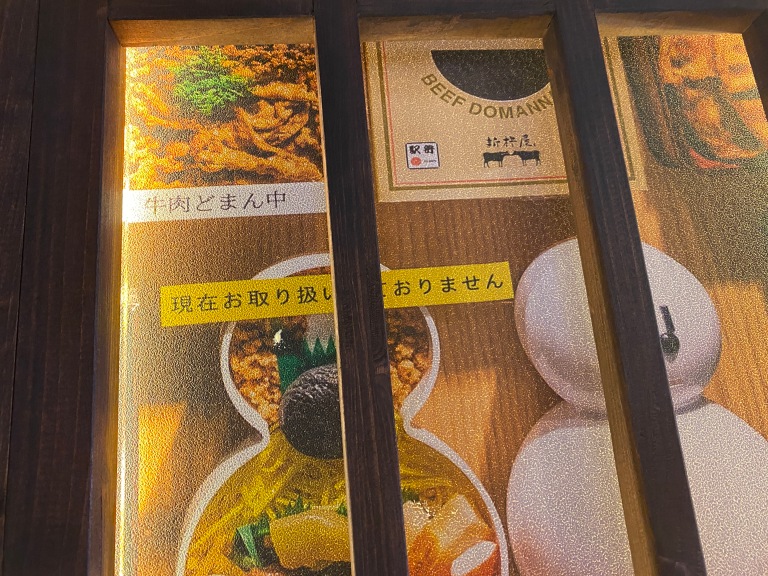
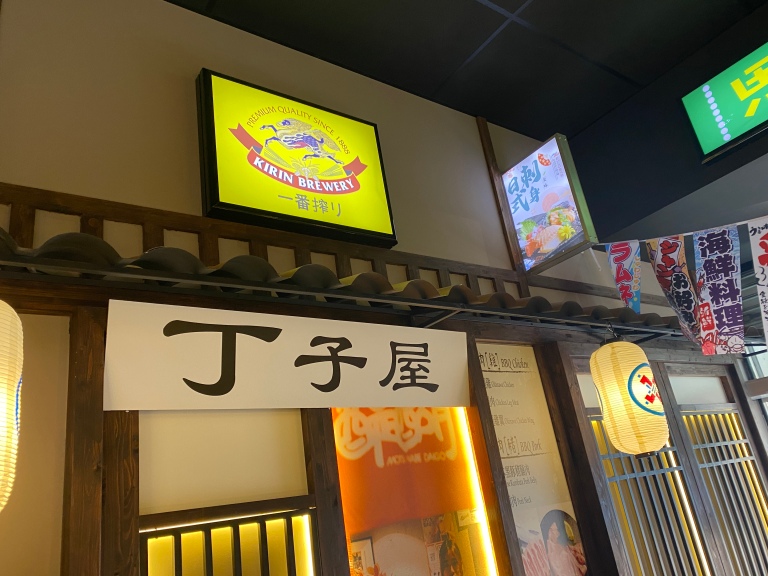
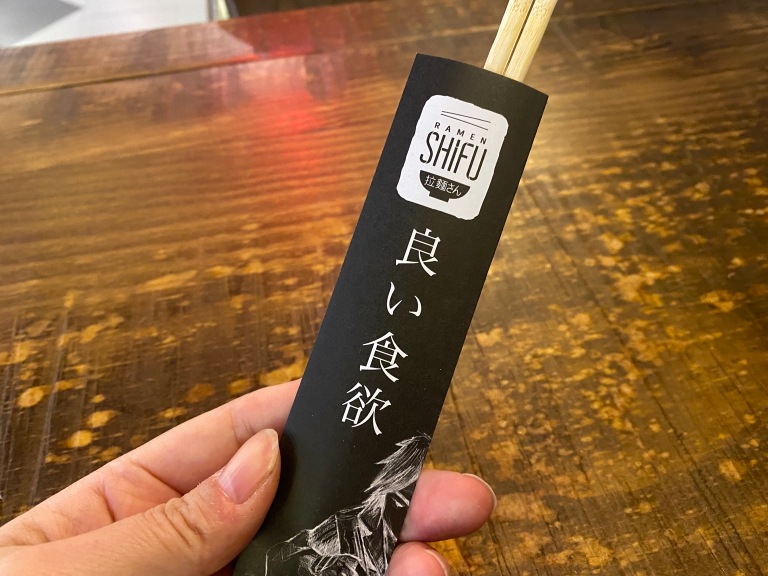
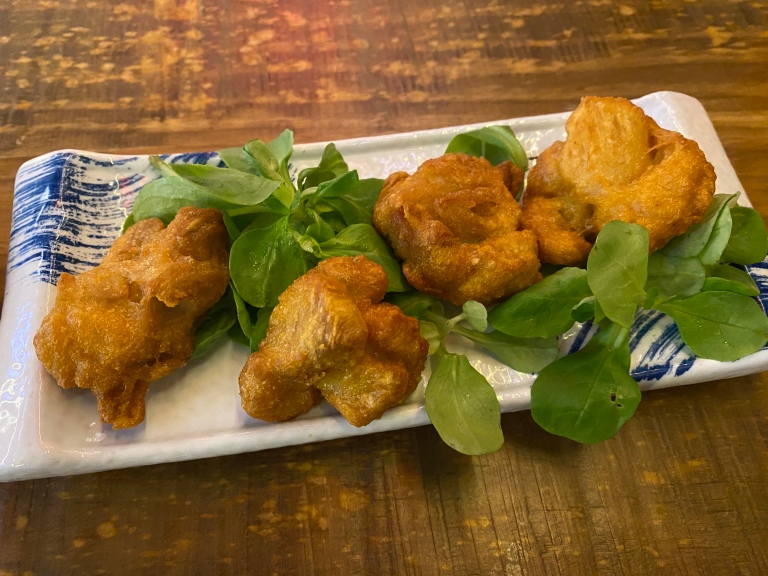

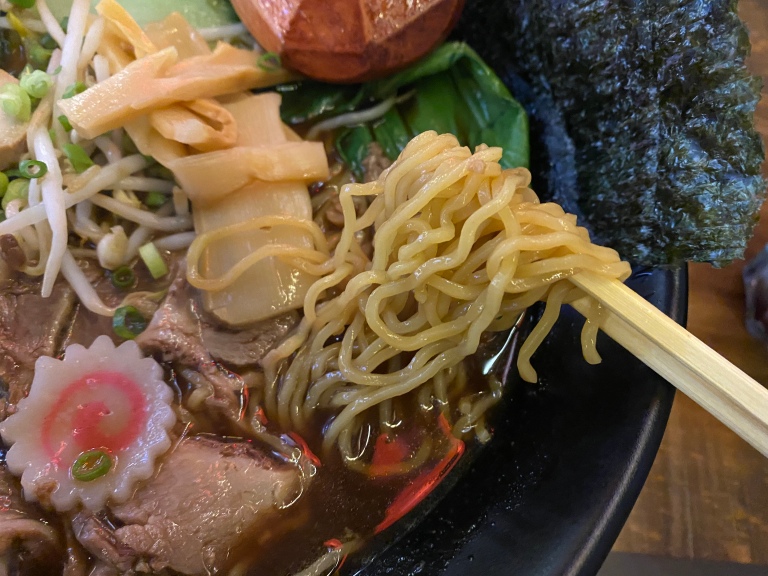
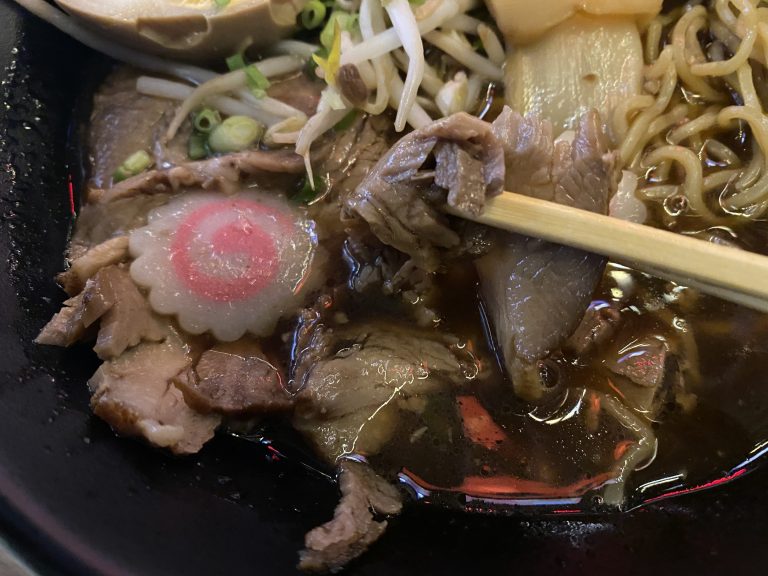
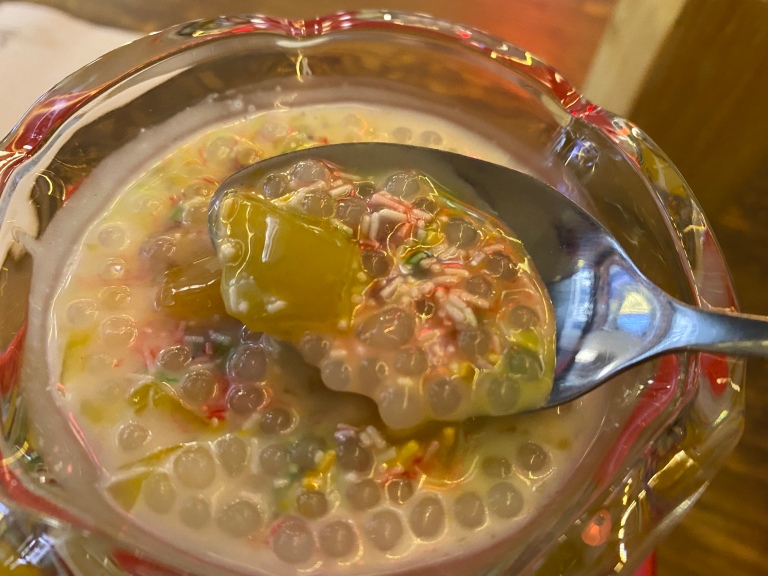
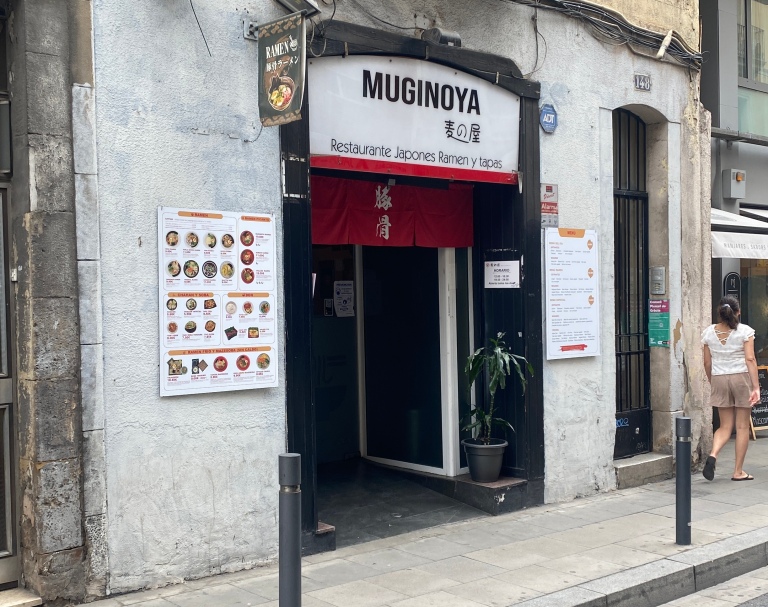
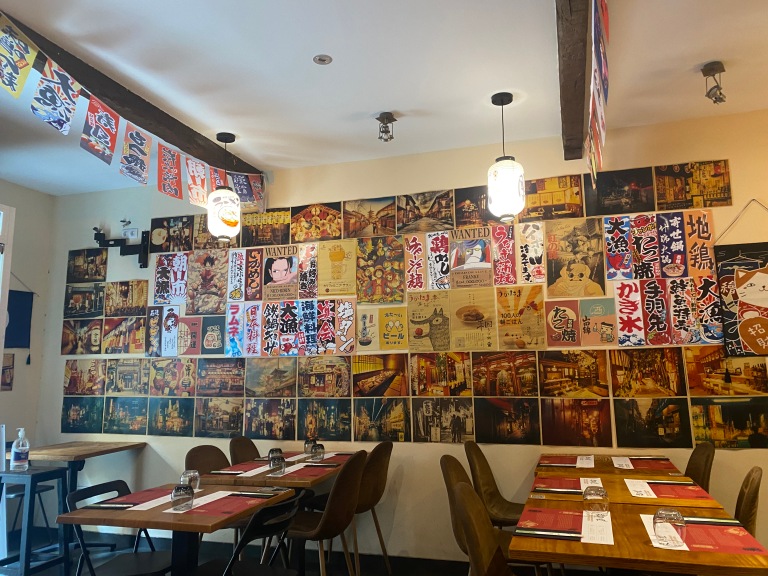
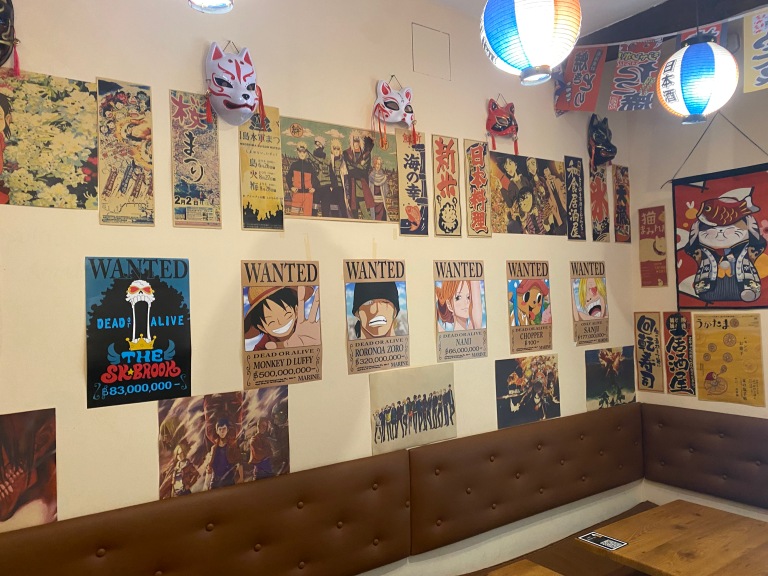
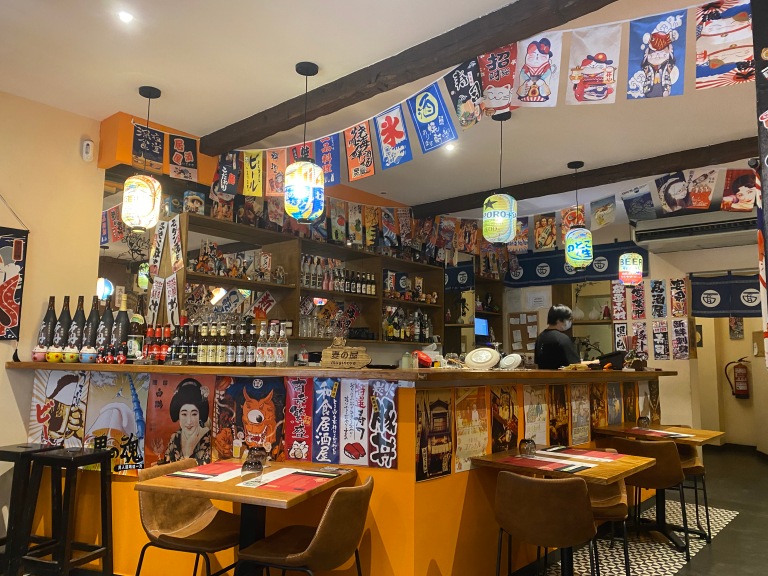
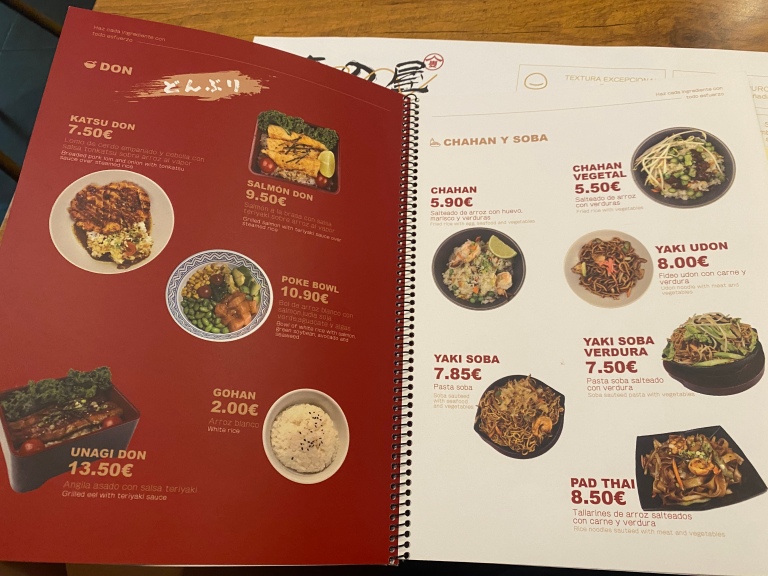
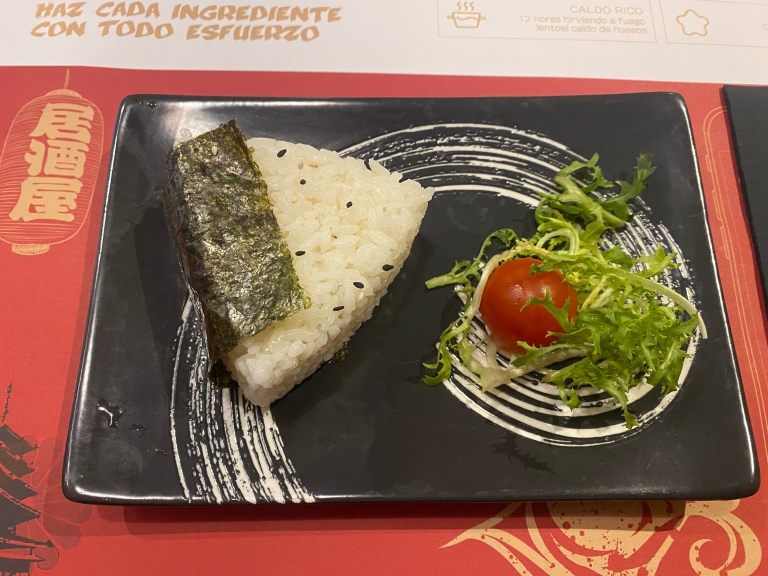
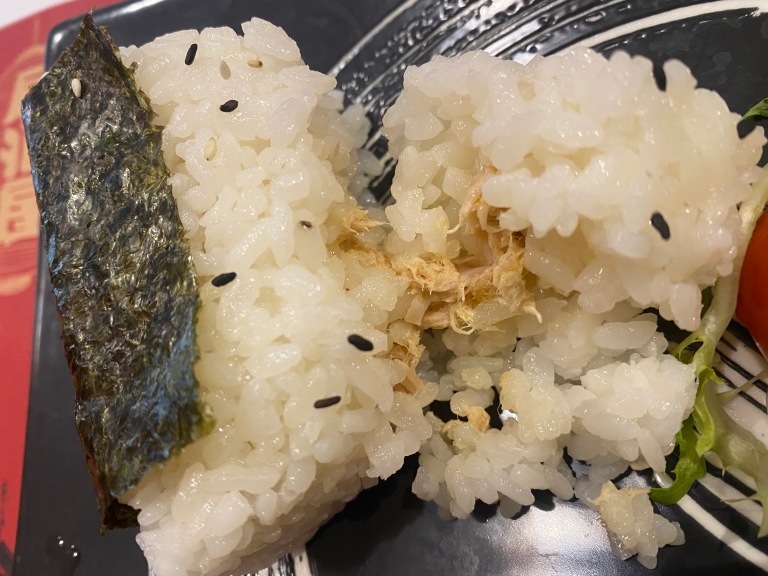
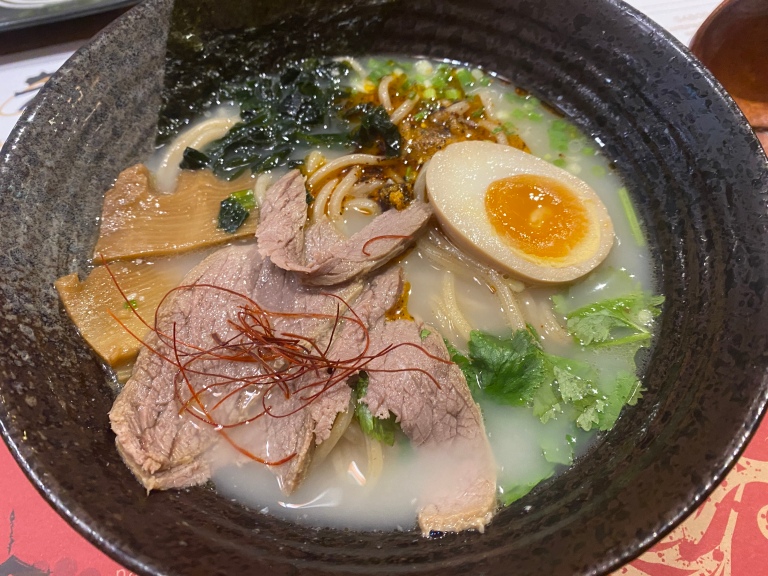
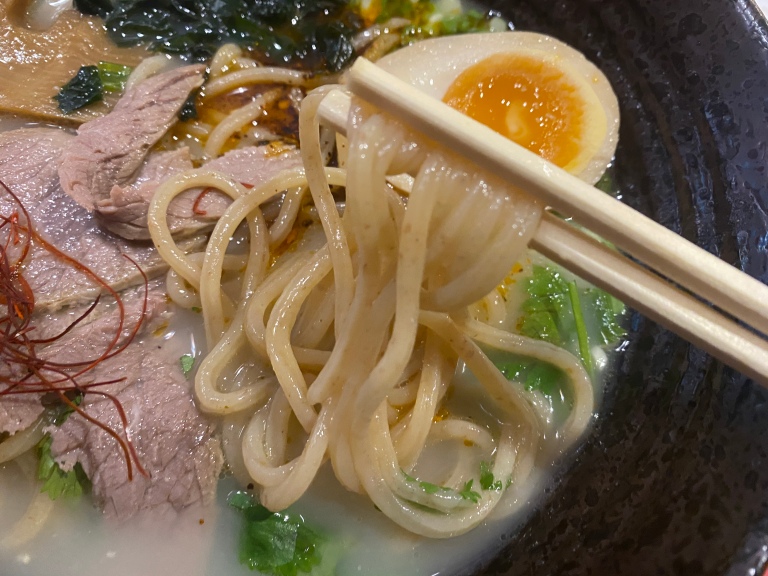
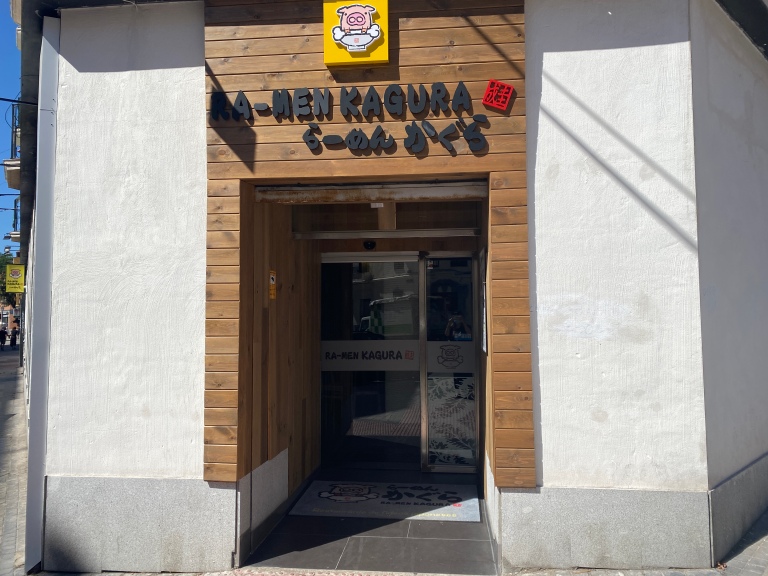
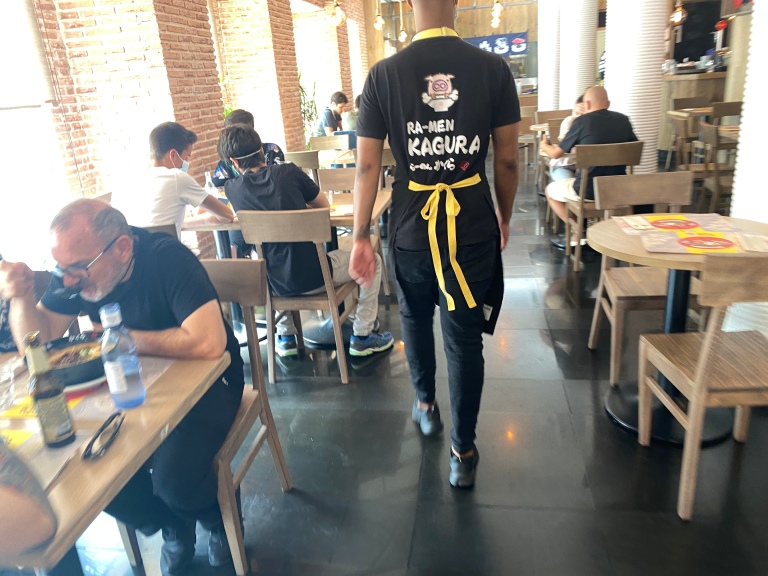
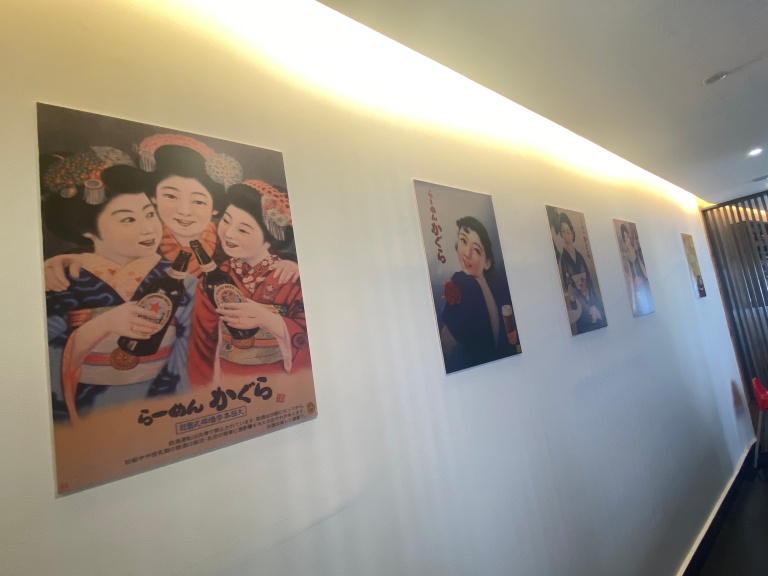
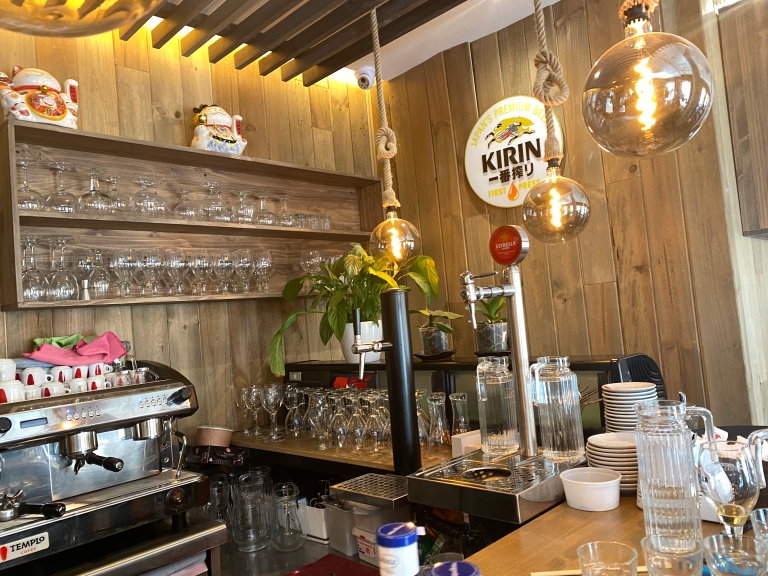
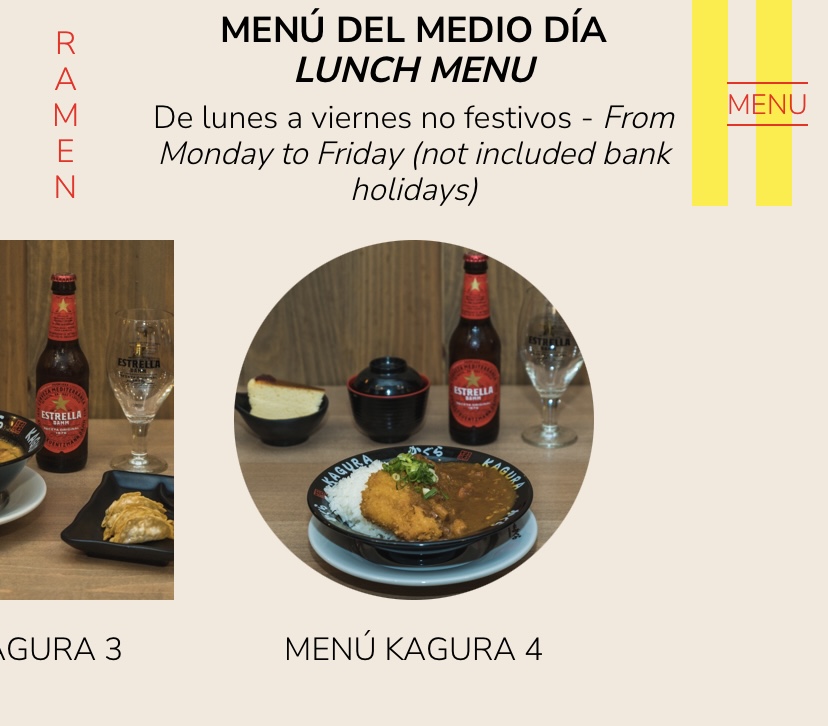
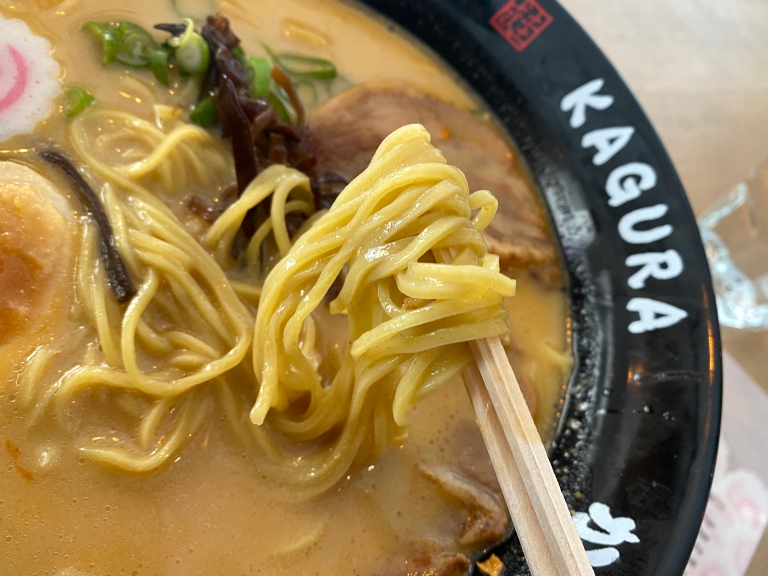
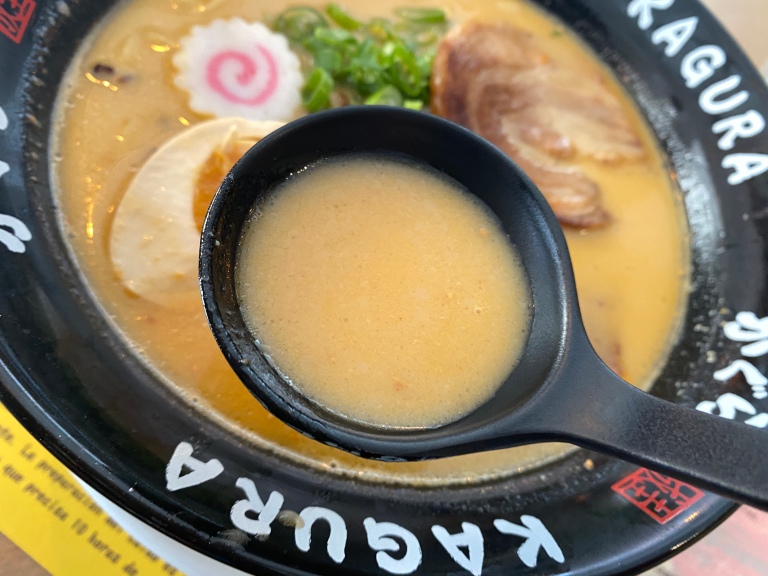
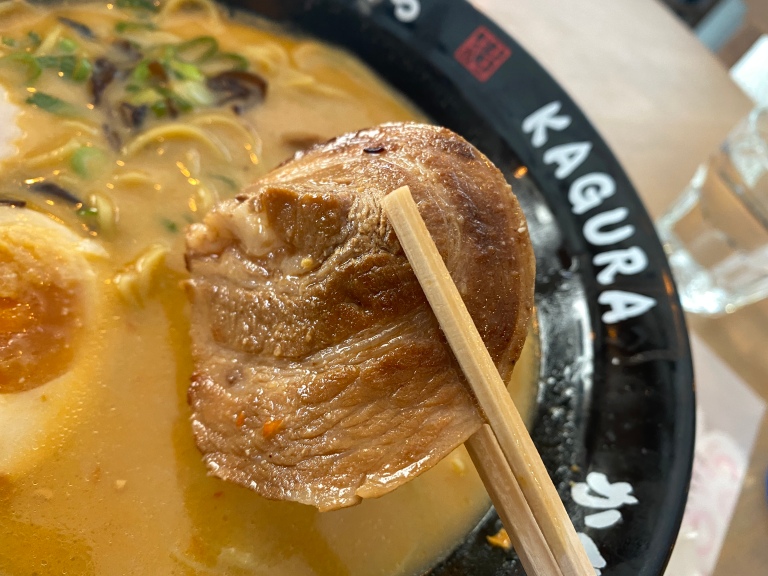
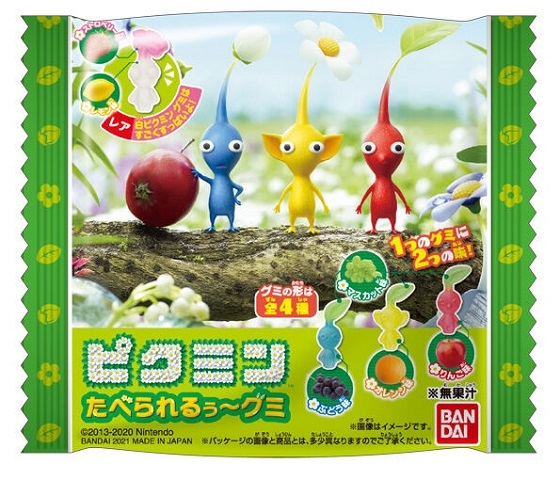
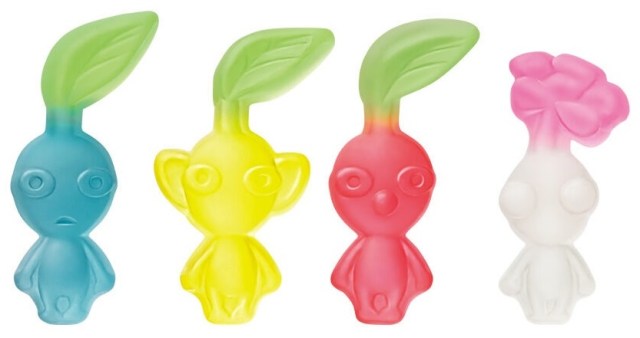
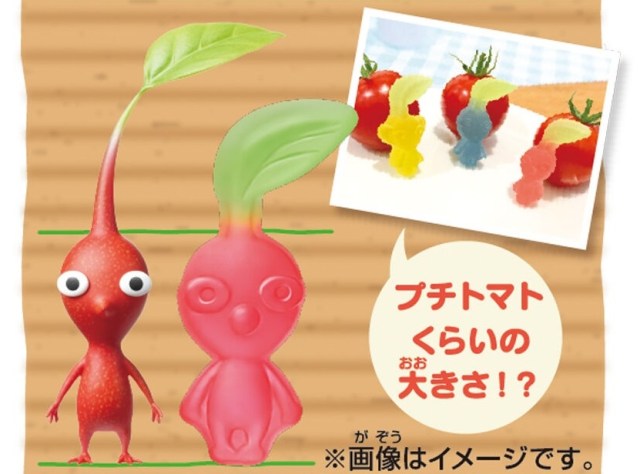
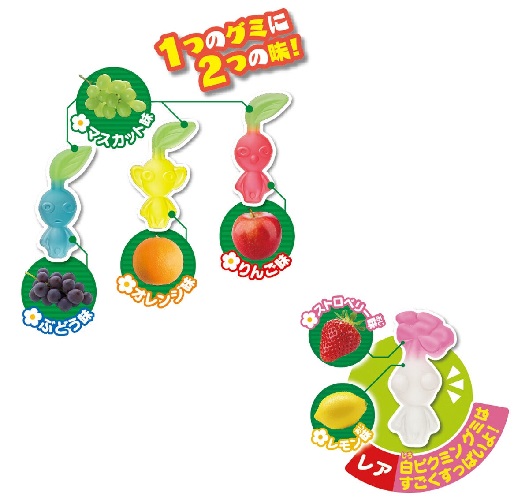
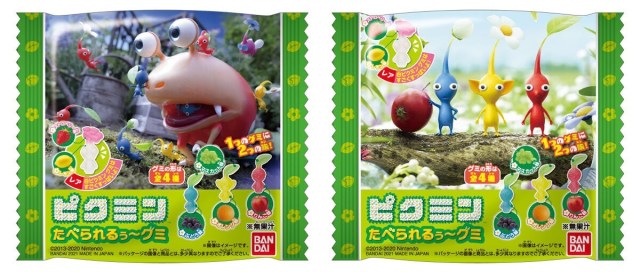
0 comments: